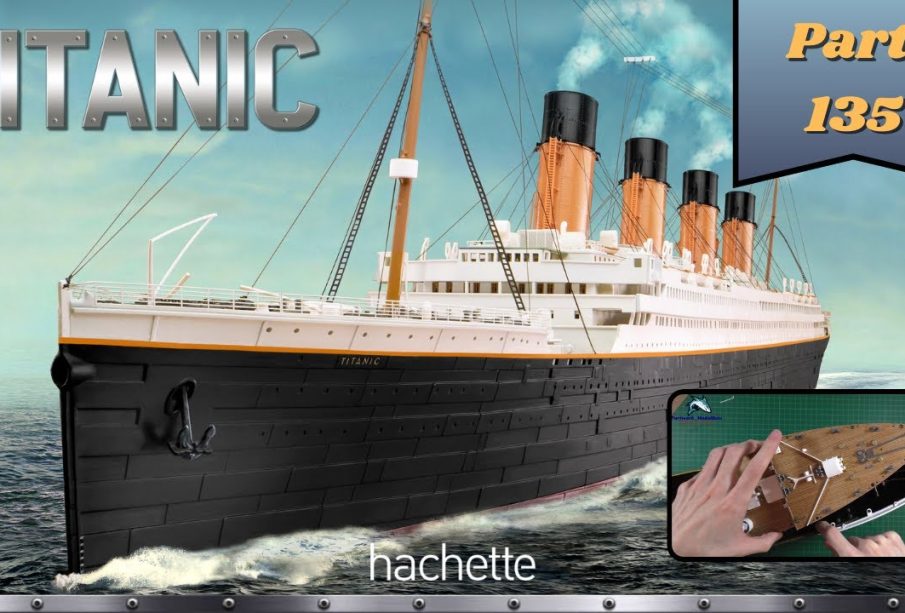The Legacy of the Titanic: Remembering a Maritime Tragedy

Introduction
The Titanic, the RMS Titanic, stands as one of the most infamous vessels in maritime history. Its tragic sinking on April 15, 1912, remains a pivotal event that underscores the importance of maritime safety and the impact of human error in nautical engineering. The story of the Titanic captures the imagination of many, serving as a cautionary tale about hubris and the limits of technology.
A Brief History
The Titanic was constructed by Harland and Wolff in Belfast and was heralded as the largest and most luxurious ship of its time. On her maiden voyage from Southampton to New York City, the Titanic was equipped with cutting-edge technology, seemingly impervious to disaster. However, just four days into the journey, the ship struck an iceberg, leading to one of the deadliest maritime disasters in history.
The Tragic Events of April 15, 1912
On that fateful night, the ship was supposedly ‘unsinkable’, yet it went down in less than three hours, claiming the lives of over 1,500 people. Lifeboats were insufficient for the number of passengers onboard, leading to significant loss of life as the chaos unfolded. The media frenzy that followed not only heightened public interest but also instigated profound changes in maritime regulations, demanding better safety measures, including lifeboat capacity and iceberg detection methods.
Impact on Maritime Regulations
The Titanic disaster prompted substantial reforms across the maritime industry. The International Convention for the Safety of Life at Sea (SOLAS) was established in 1914, setting standards for the construction and operation of ships. Additionally, it led to the establishment of the International Ice Patrol to monitor iceberg danger in the North Atlantic. The lessons learned from this tragedy continue to influence safety protocols today.
Enduring Legacy in Culture
The legacy of the Titanic extends beyond safety; it has permeated popular culture, inspiring countless books, documentaries, films, and exhibitions worldwide. The Titanic has become a symbol of human ambition and frailty, delivered most substantially through James Cameron’s 1997 film which rekindled public interest in the ill-fated voyage.
Conclusion
In conclusion, the Titanic remains a poignant reminder of the limits of human innovation and the importance of safety and preparedness in maritime travel. Each anniversary of the tragedy serves not only as a memorial for those who lost their lives but also as a reflection on the continuous advancements necessary to ensure the safety of maritime voyages. As technology progresses, it is vital for society to remember the lessons of the Titanic, ensuring history does not repeat itself.









